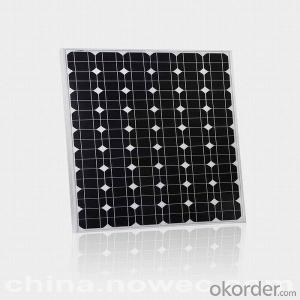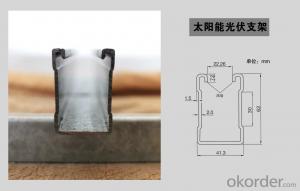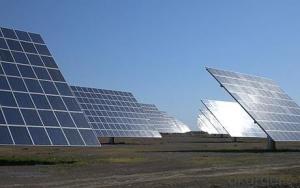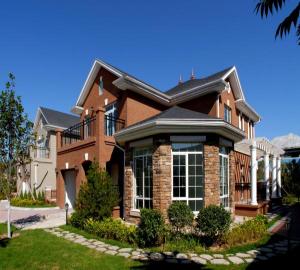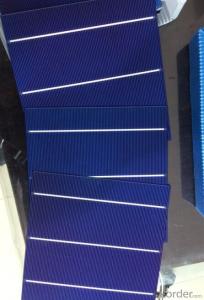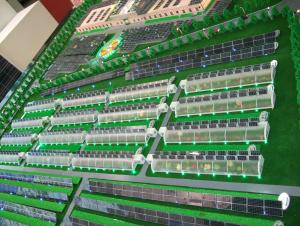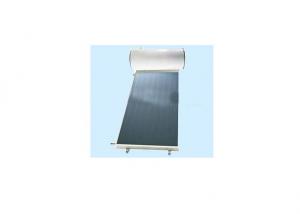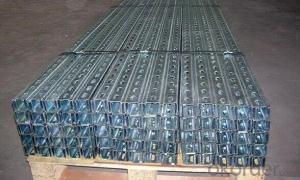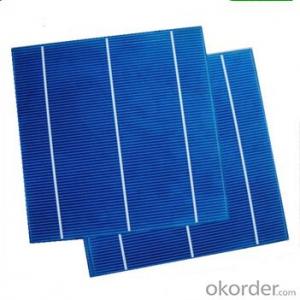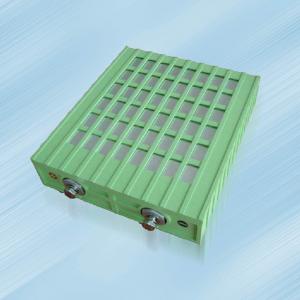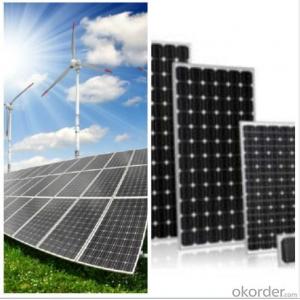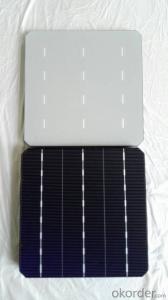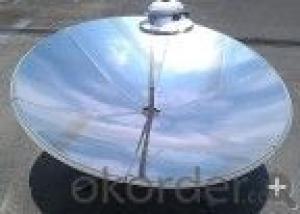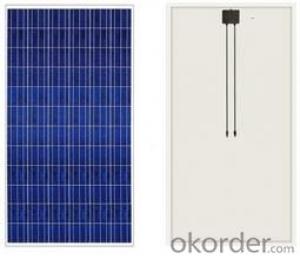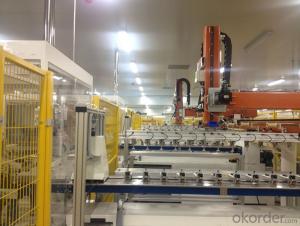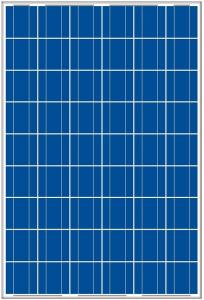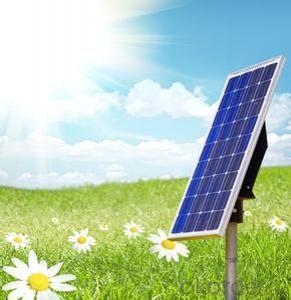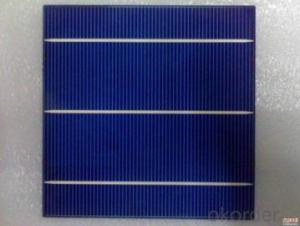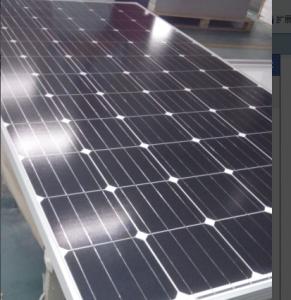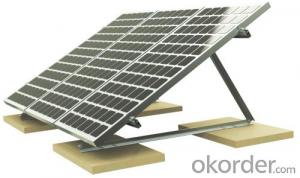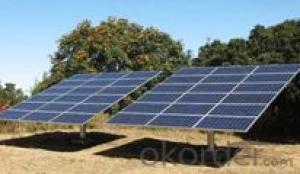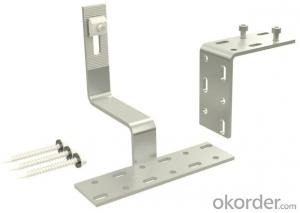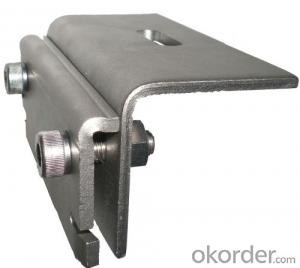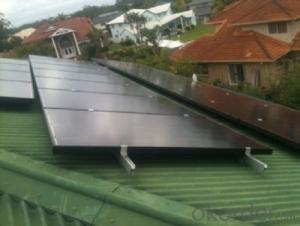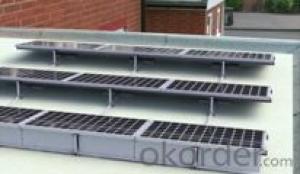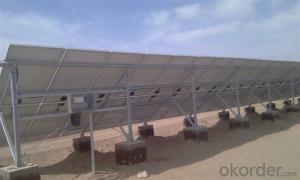Residential Solar Cells
Residential Solar Cells Related Searches
Rec Solar Cells Home Built Solar Cells Residential Solar Inverter Photovoltaic Solar Cells Rv Solar Cells Ruthenium Solar Cells Commercial Solar Cells Compact Solar Cells Plant Based Solar Cells Raw Solar Cells High Performance Solar Cells Home Depot Solar Cells Organic Solar Cells Satellite Solar Cells Solar Energy Cells Foldable Solar Cells Electric Solar Cells High Efficiency Solar Cells Affordable Solar Cells Round Solar Cells Lightweight Solar Cells Flexible Solar Cells High Temperature Solar Cells Cheap Solar Cells Low Cost Solar Cells Better Solar Cells Solar Cell Module Biogenic Solar Cells Bulk Solar Cells Roof Shingle Solar CellsResidential Solar Cells Supplier & Manufacturer from China
Residential Solar Cells are a type of photovoltaic system designed specifically for home use, converting sunlight into electricity to power various household appliances and reduce reliance on traditional energy sources. These systems are gaining popularity as homeowners seek to lower their energy bills and contribute to a more sustainable environment. The application of residential solar cells spans across various scenarios, such as powering individual homes, small businesses, and even remote locations where grid electricity is not readily available. They are also used in combination with energy storage systems to ensure a continuous supply of electricity even during periods of low sunlight or at night.Okorder.com is a leading wholesale supplier of residential solar cells, offering a vast inventory of high-quality products to cater to the growing demand for renewable energy solutions. The company prides itself on providing customers with a wide range of options, including different sizes, efficiencies, and price points, ensuring that there is a solar cell solution suitable for every residential need. By partnering with reputable manufacturers, Okorder.com ensures that the residential solar cells they supply meet the highest industry standards, providing customers with reliable and efficient energy generation capabilities.
Hot Products
